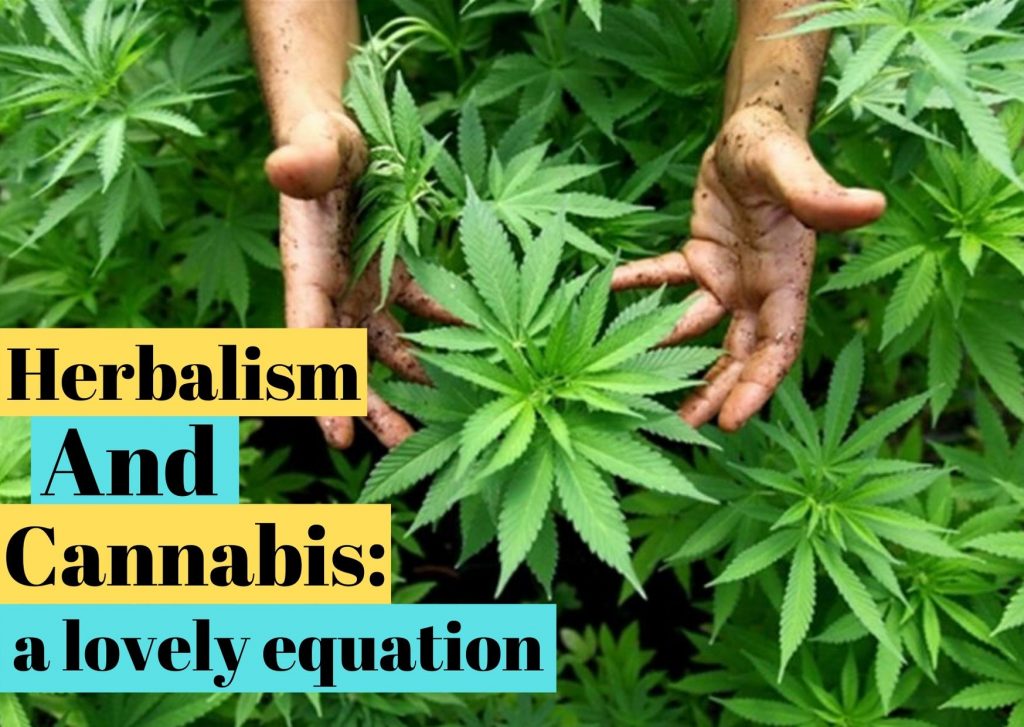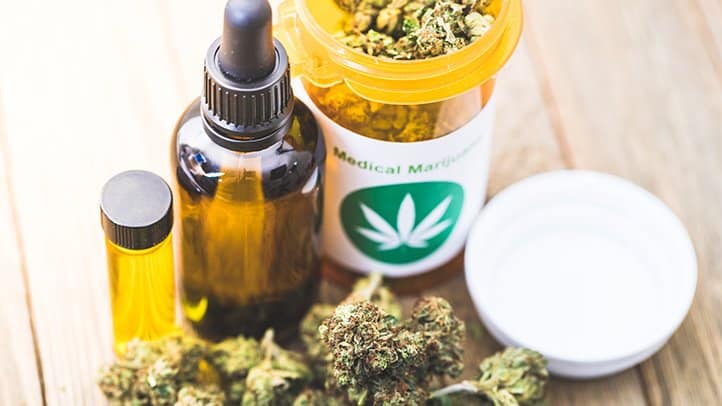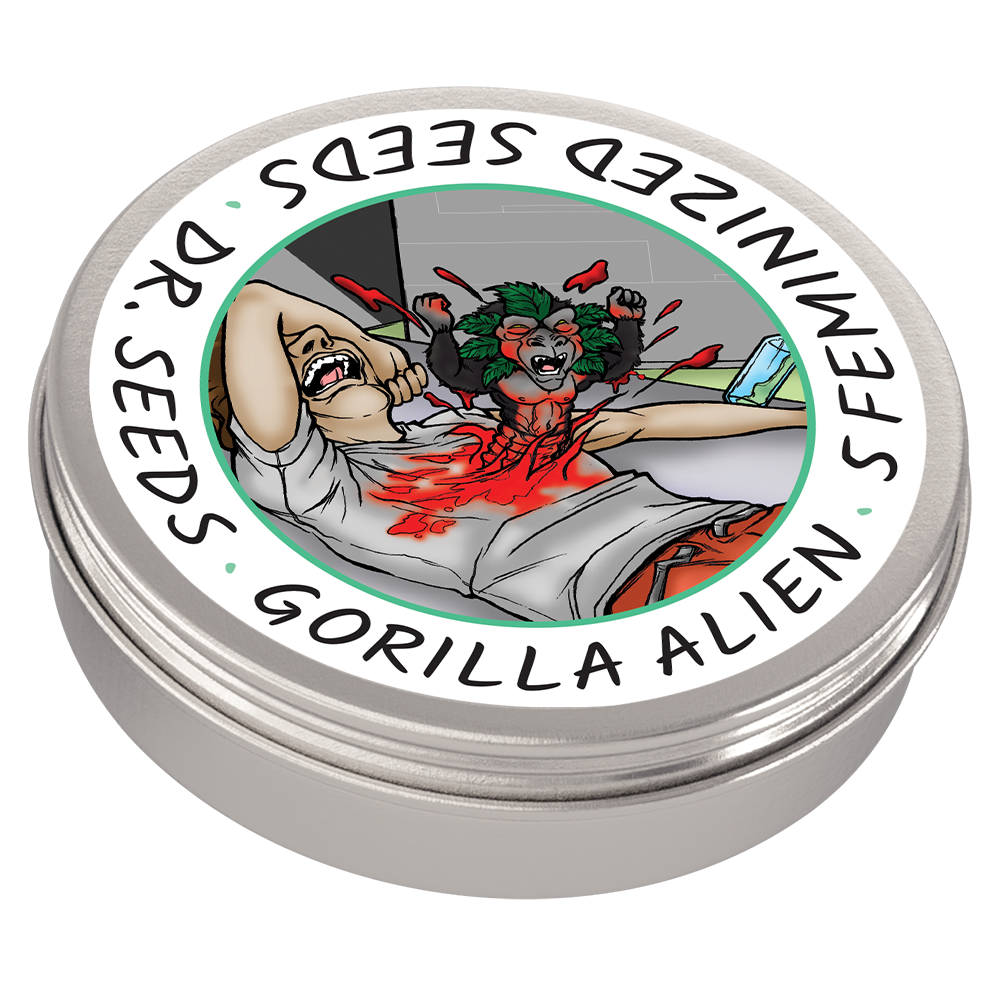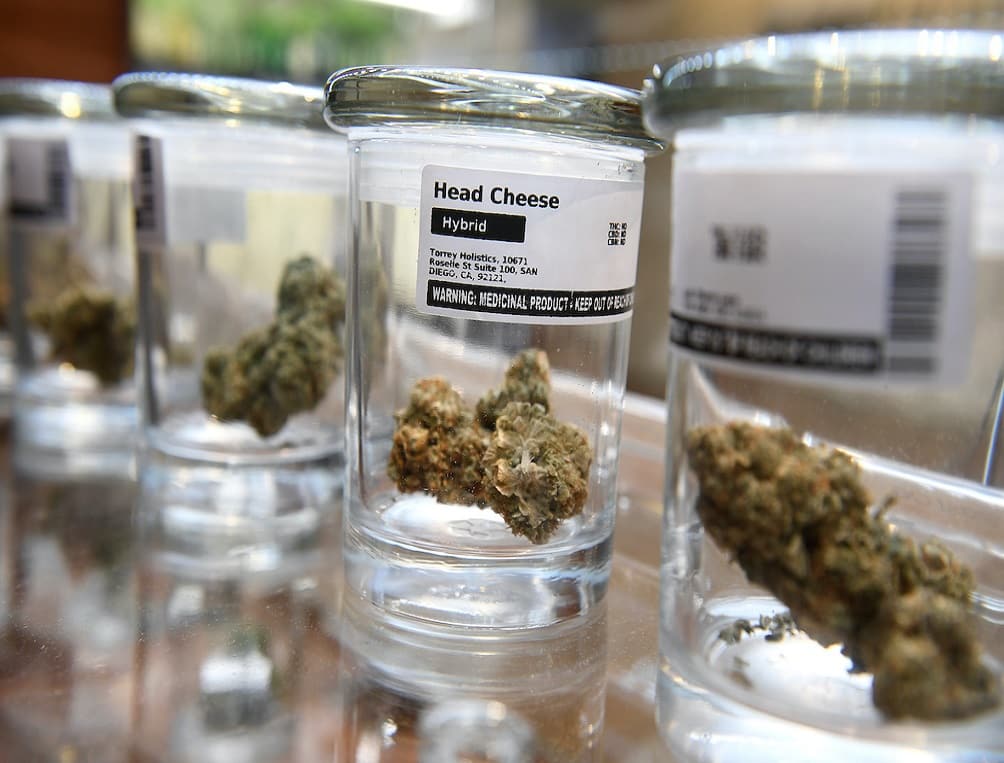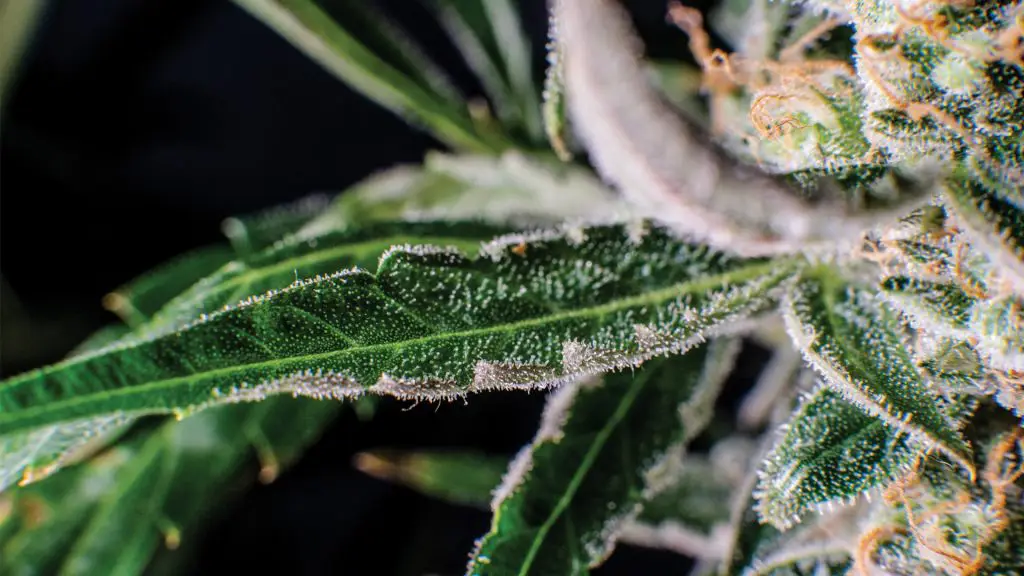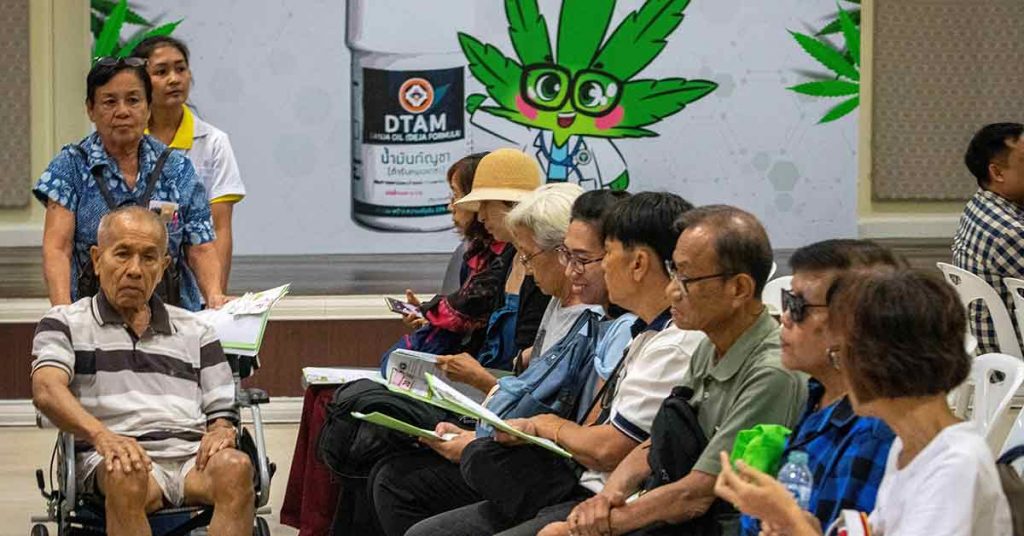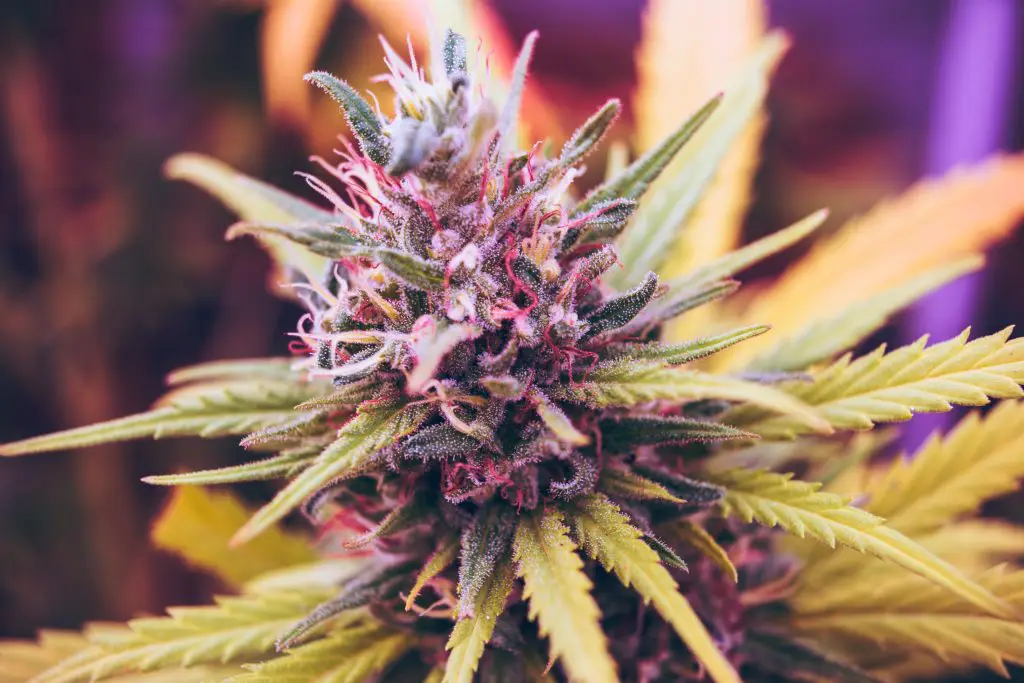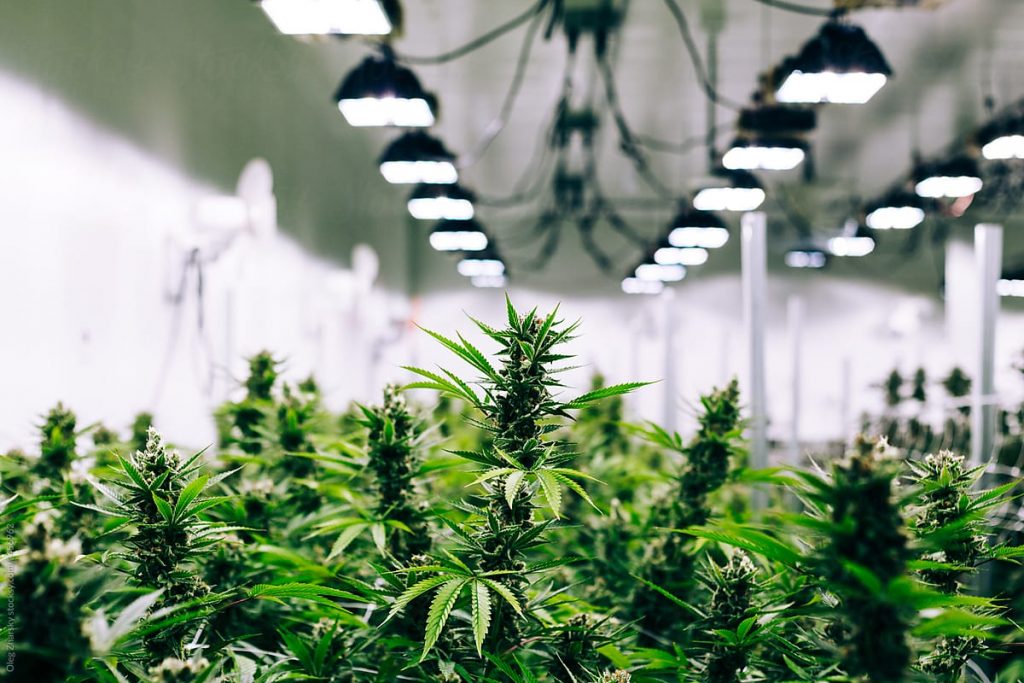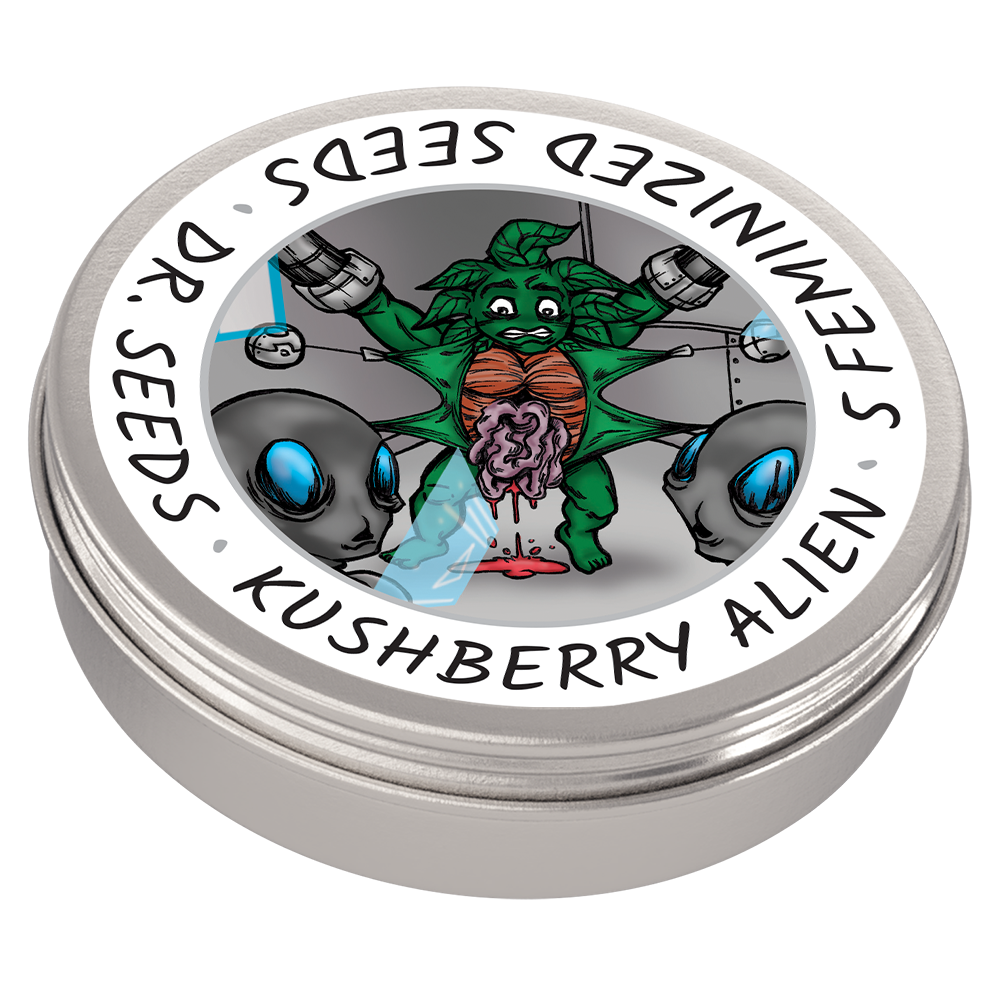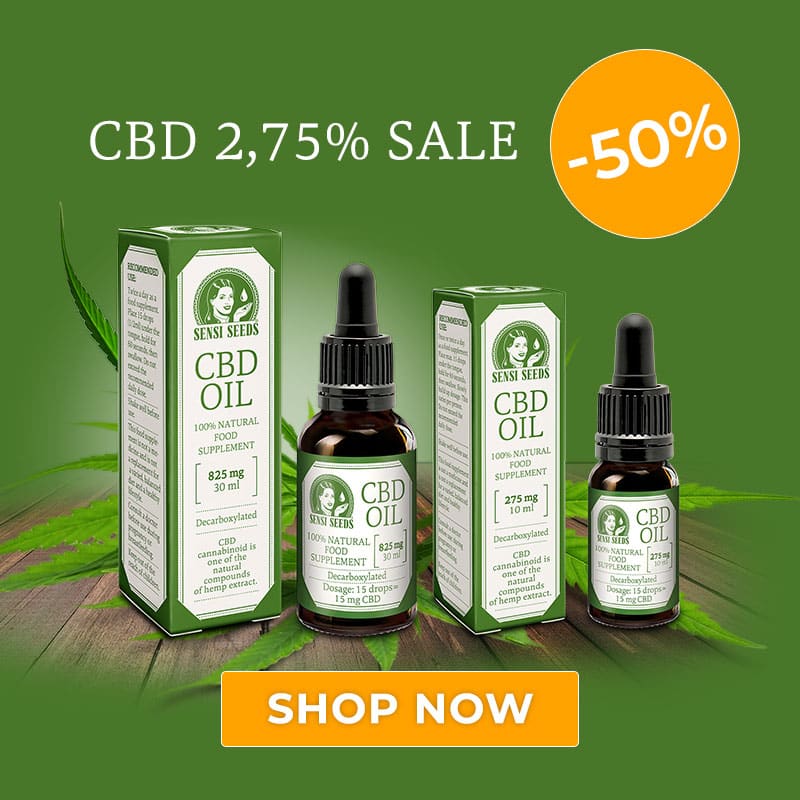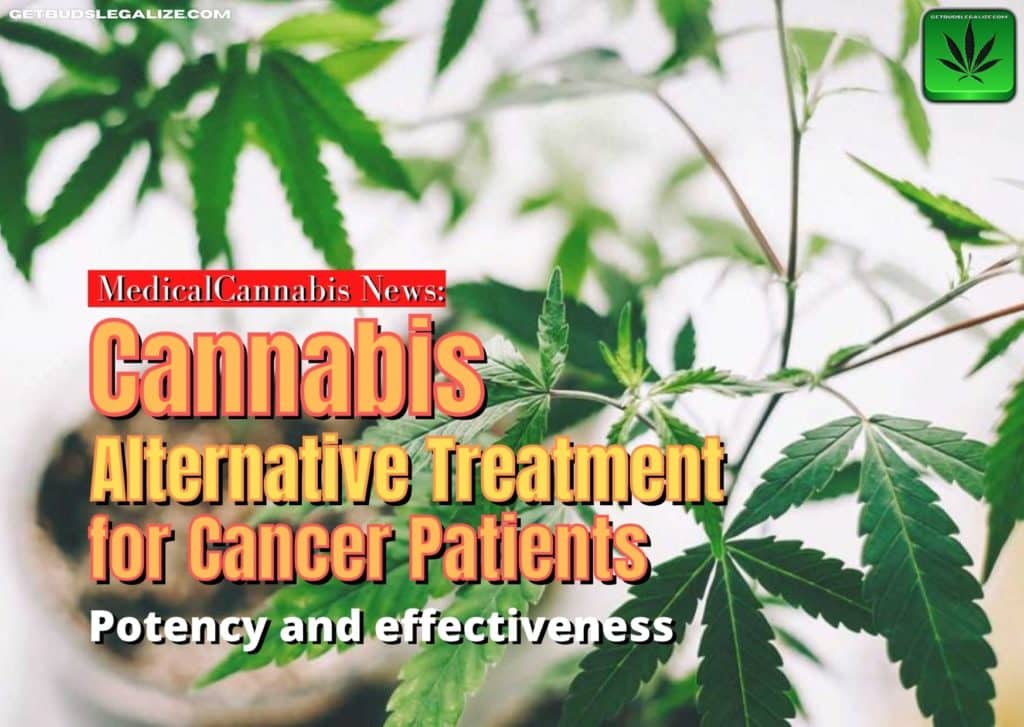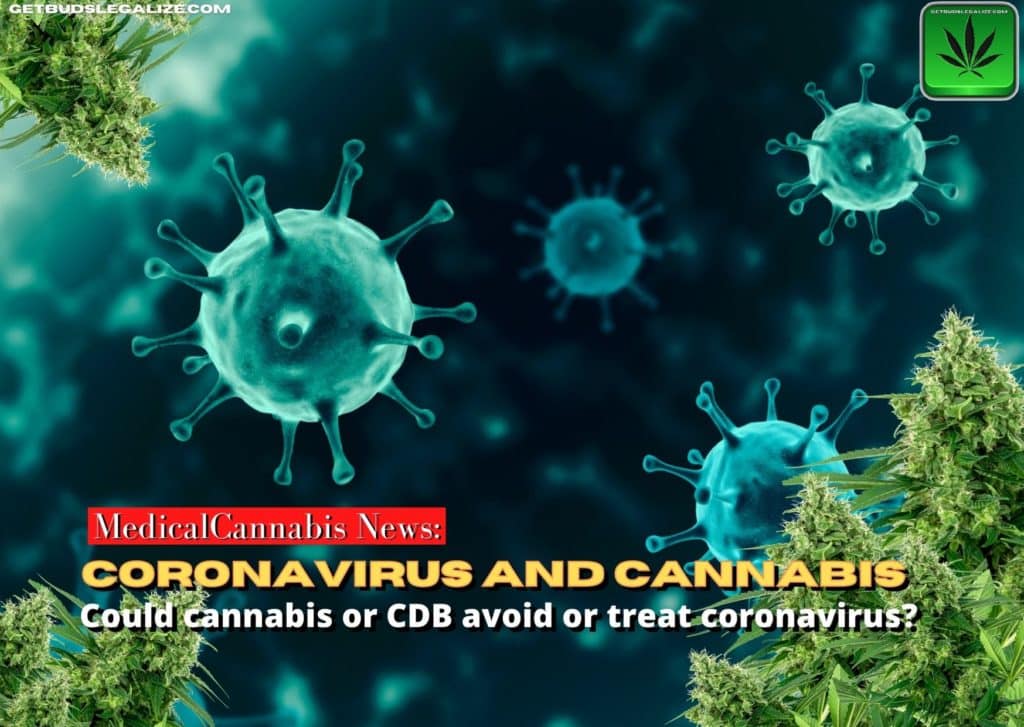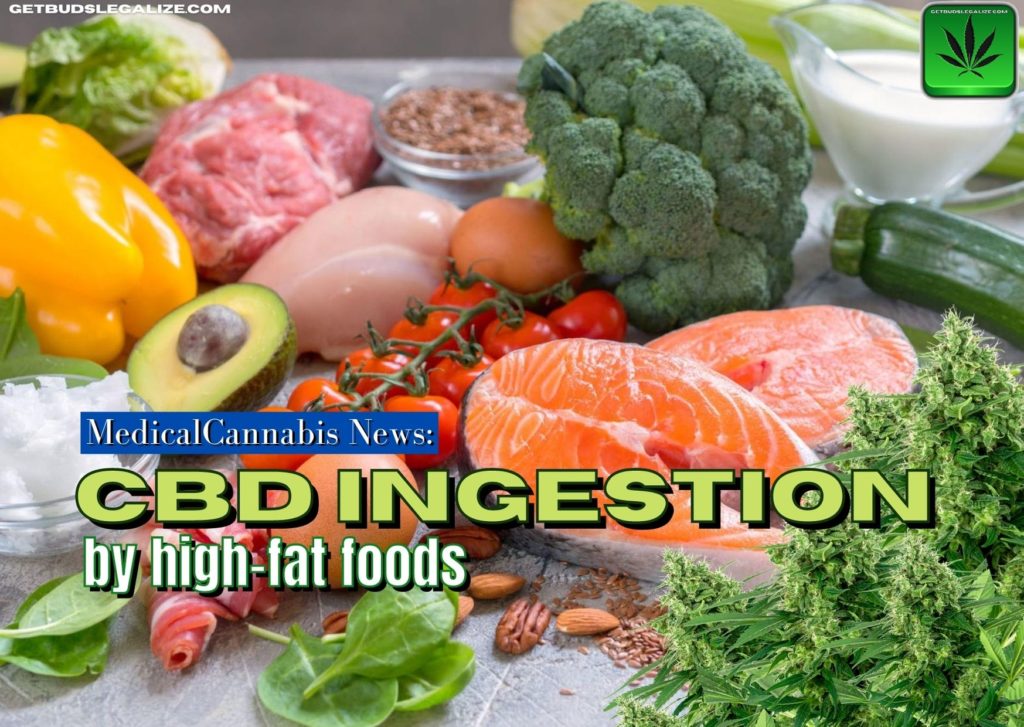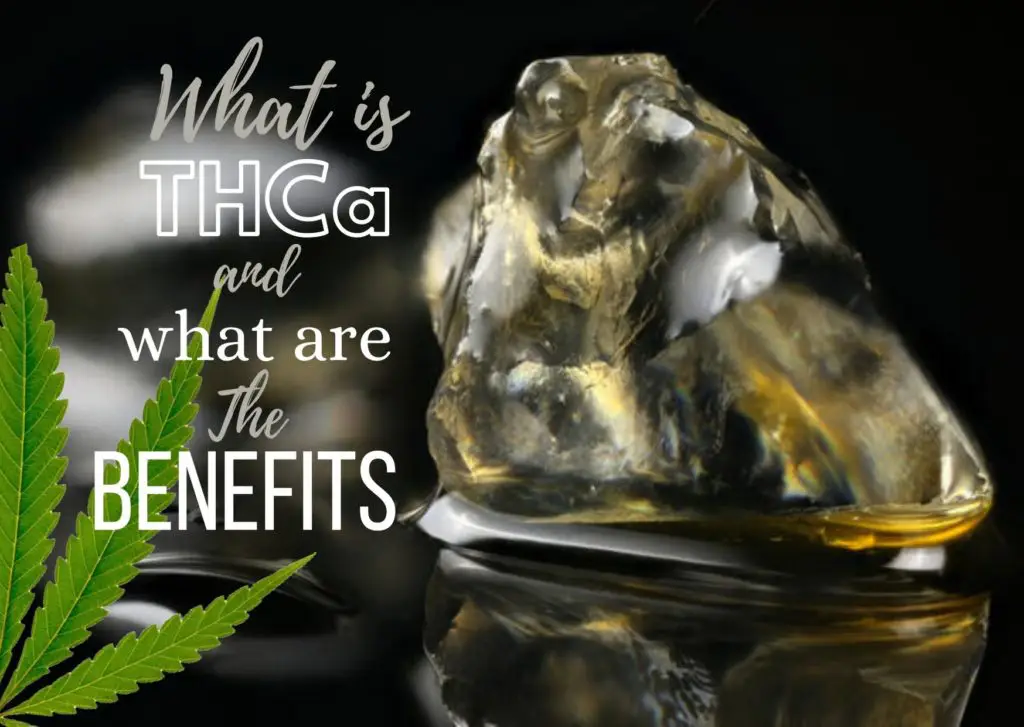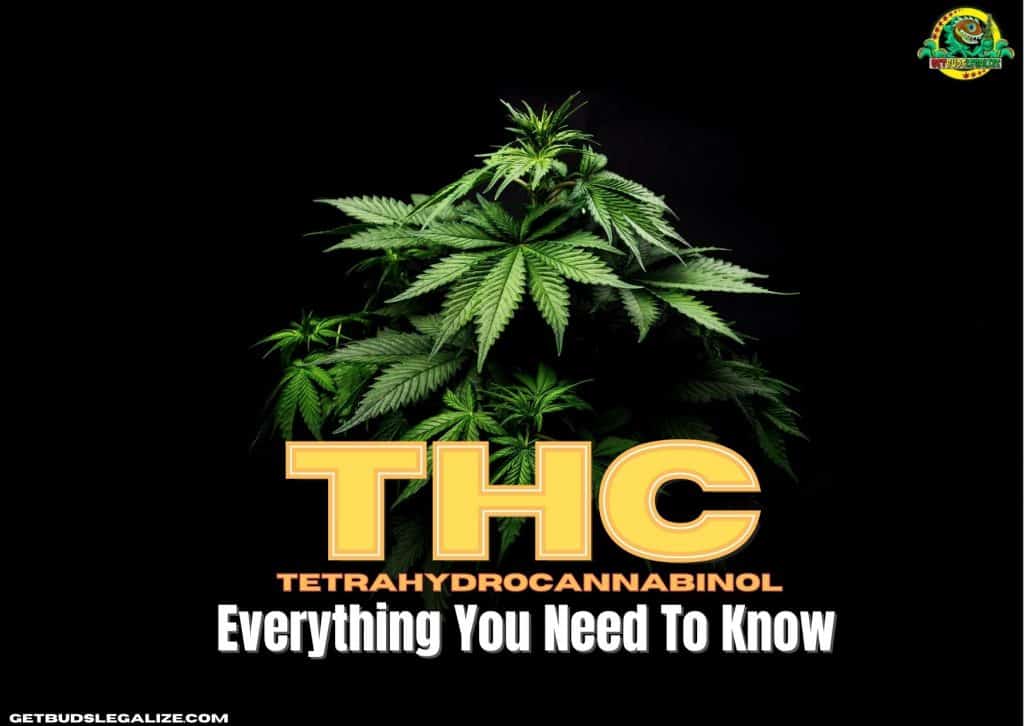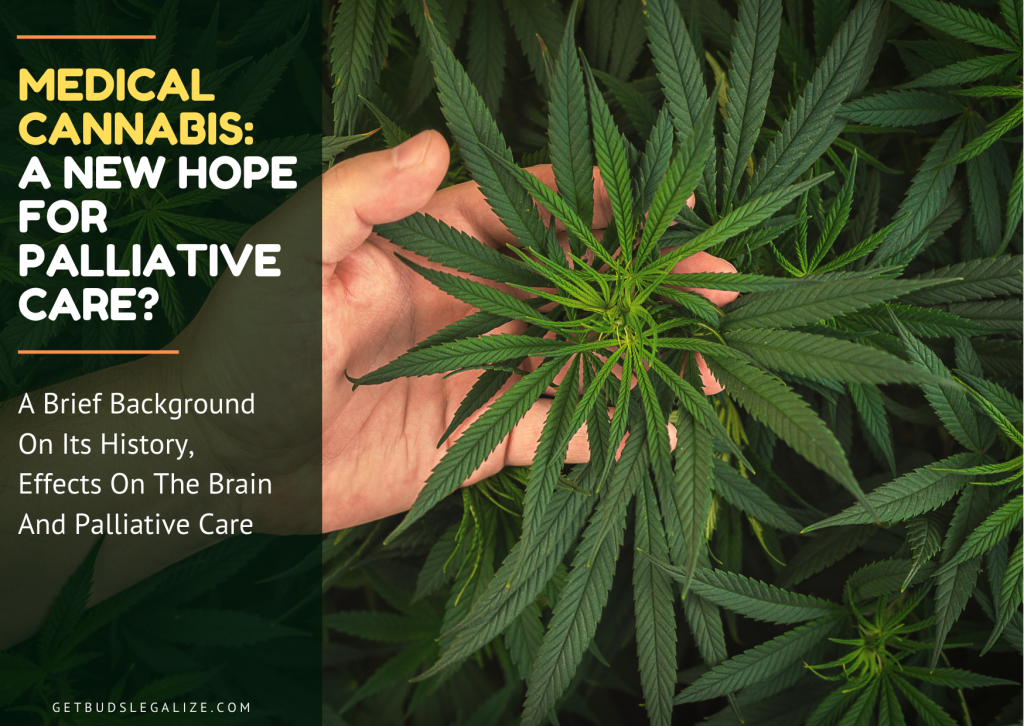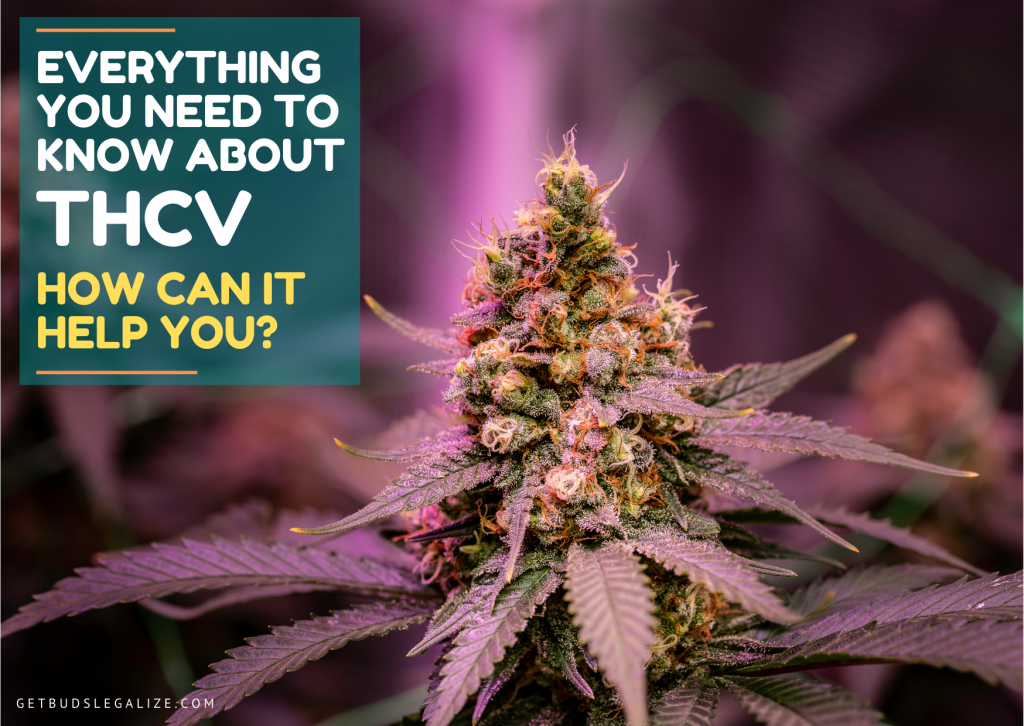Herbalism And Cannabis: A Lovely Equation
Herbal medicinal products are natural therapeutic products consisting of various varieties of plant parts such as leaves, berries, or roots. The growing element of Herbalism may have different medicinal properties and various types of chemical components produce different procedures of extraction. Based on the herb, both fresh and dried vegetables are used.
Herbal medicine is ideal for all ages, including babies, who respond especially well to gentle herbal acts. A medical herbalist understands that two patients are not alike. Each patient is regarded as an entity.
Herbalism also presents several problems, in which I would prefer to find either the problem in transmission and the question of absorption rate the most possible (or maybe the least probable) of modality generally linked to “complementary or alternative medicine” or “integrative medicine.”
What Are Usually The Primary Ingredients?
For short, drugs are hydrogenated medications as they work. The primary ingredient is typically a small ingredient in thousands of other herb components and the accuracy of the material or active substances is nearly impossible to regulate, considering the location, temperature, conditions in the soil, precipitation and many others may.
To illustrate, we found out that it is more effective and consistent, with a therapy window (the contrast between doses required in order to achieve beneficial effects and the lower dosage that would induce severe toxicity, to prescribe Digoxin to a patient who requires heart intervention, than it will be for the patient to chew any FOXGLOVE leaves).
That Takes Us To A Medicinal Weed Known As Marijuana
The arguments have far outweighed the facts, as is so much herbalism — and, make no mistake, medicinal marijuana is now the latest mainstream herbalism. However, proponents of medicinal marijuana agree that “local legislation regulating the drug do not benefit from thorough scientific literature analysis.” This was pointed out in the NYT report.
It’s the exaggeration of the year, and also esteemed doctors like Sanjay Gupta pick up a study, ‘Cannabis Mania,’ full of anecdotes and jargon about ‘patient care.’ Personally, I agree that marijuana, much as alcohol and tobacco, will be legalized, regulated, and taxed.
If cannabis is to be licensed for therapeutic purposes, rather than for commercial usage, the criteria of proof that it must follow will be no different from any other pharmaceutical drug and the requirement is not even sufficiently met with the vast number of reasons with which it has been claimed to be a therapeutic weed.
The details of how this happens aren’t essential for this post, but when these receptors are stimulated by the binding of cannabinoid molecules, including endocannabinoids, plant cannabinoids such as and synthetic cannabinoids, downstream chemical signaling pathways are initiated from the receptor to the inside of the cell, thus producing the effects on the cell and organism.
Extra Info About Cannabinoids, Herbalism, And Other Significant Medical Issues
I might also review the evidence base for cannabinoids and autism, given how I’ve been seeing discussions of its use starting to pop up lately on the usual sites. In all fairness, in this country, at least, studying the medicinal properties of marijuana and its constituents are not easy, given that it is currently an illegal drug, as was discussed in the NYT article. Given that many of the conditions for which medical marijuana is touted are conditions with a large subjective symptomatic component, such as pain, nausea, fatigue, or lack of appetite, clinical studies of medical marijuana are going to require really good placebo controls. That’s why most of the more rigorous studies have used specific purified cannabinoids.
What Are The Plausible Causes Of Herbalism?
If you have never smoked marijuana, but those who have, have told you about the «munchies,» something that anyone who’s ever seen a comedy in which characters smoke post has likely seen used as fodder for jokes. Given its ability to stimulate appetite, it is therefore plausible that medical cannabis might be useful for appetite stimulation in patients with cachexia due to cancer or HIV/AIDS.
Clinical Trials And Other Findings
Regarding cancer cachexia, Peter Lipson noted several years ago a study that failed to find any benefit from cannabis extract for cancer-related cachexia, speculating that maybe the mechanisms that cause appetite suppression in cancer are different than the mechanisms by which cannabinoids modulate appetite.
Currently, there are few controlled trials cited at the NCI website, which, taken together, find that oral THC has variable effects on appetite stimulation and weight loss in patients with advanced malignancies and human immunodeficiency virus infection. Indeed, as the NCI notes, there are no randomized controlled trials of smoked cannabis for this indication in cancer patients. Despite many advances in anti-emetics agents, cancer-induced nausea and vomiting are still among the most troubling symptoms cancer patients face. There are two FDA-approved cannabis products for this indication, dronabinol, and the synthetic cannabinoid Nabilone.
The NCI cites several clinical trials and meta-analyses finding that these two drugs are efficacious against CINV, and the National Comprehensive Cancer Network guidelines recommend these drugs as treatment for breakthrough nausea and vomiting due to chemotherapy. One systematic review from 2001 found that cannabinoids were slightly more effective antiemetics than prochlorperazine, metoclopramide, chlorpromazine, thiethylperazine, haloperidol, domperidone, or alizapride, but were not more effective in patients already using large doses of antiemetic drugs.
Let's Review More About Cannabinoids And The Cochrane System
A more recent systematic review and meta-analysis found that cannabinoids were superior to conventional drugs but that «adverse effects were more intense and occurred more often among patients who used cannabinoids. In children with cancer undergoing chemotherapy, a Cochrane systematic review concluded that «cannabinoids are probably effective.
Science Tells Us Otherwise
Clinical response was achieved in 10 of 11 patients receiving cannabis with THC and 4 of 10 in the placebo group. Cannabinoids have been shown to lower intraocular pressure, making them potentially useful for treating glaucoma, although using cannabis to treat glaucoma is impractical in the vast majority of patients, and there exist better treatments. After that, other conditions for which medical cannabis is frequently recommended include schizophrenia, for which a Cochrane Review concludes that there is no good evidence for or against the use of cannabis for schizophrenia.
For epilepsy, data from double-blind randomized controlled clinical trials are lacking, although clinical trials are finally being done. Indeed, all of these studies tend to suggest that purified drugs from cannabis or synthetic drugs based on compounds designed to mimic either endocannabinoids or cannabinoids from marijuana will be the future. You would realize that that’s not what medical marijuana activists want to hear. In any case, is a reasonable interpretation of the currently existing medical literature.
In cConclusion
They ought to learn how efficient the new level of treatment is relative to. The latest research shows that in many cases cannabis is not so effective as conventional drugs, with a potential exception to its use as an antiemetic, except with signs of efficacy.
This is because the current herbalism is hemp. We desperately need a more rational, empirical solution.

